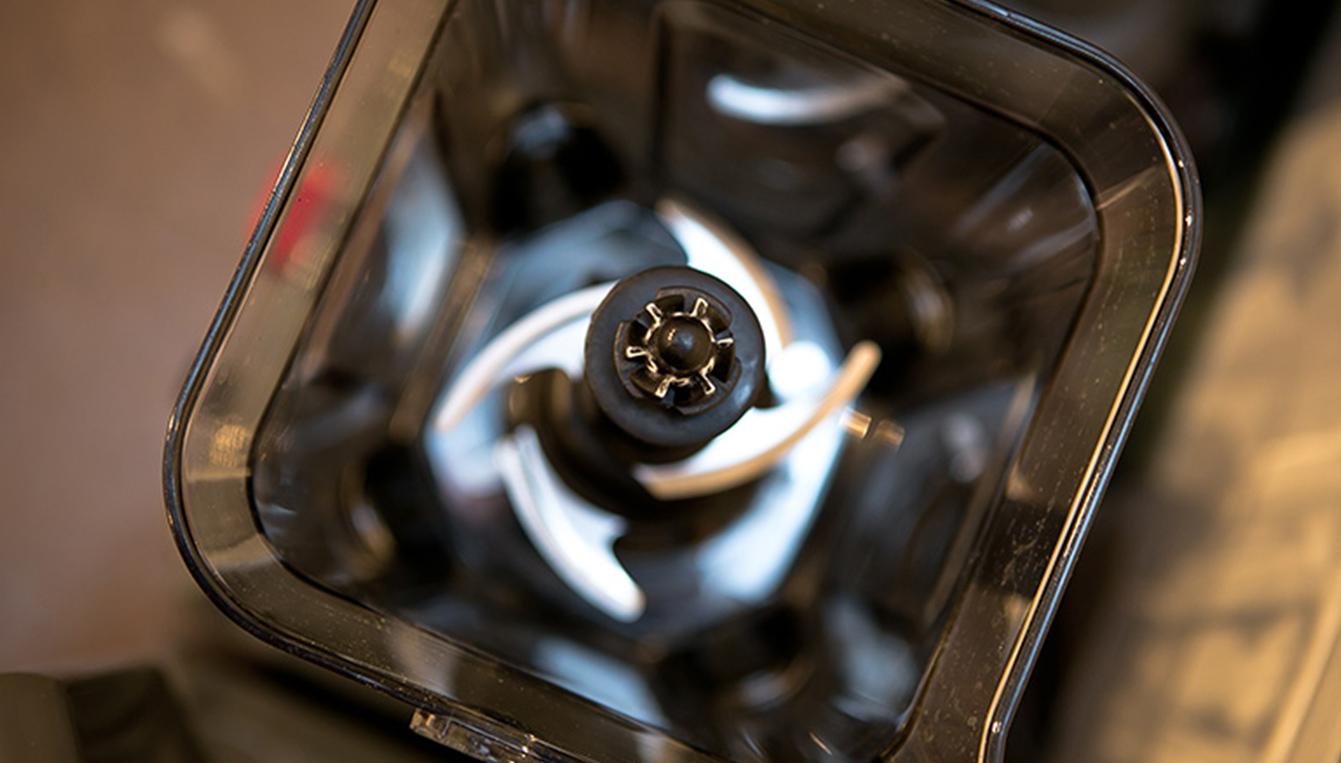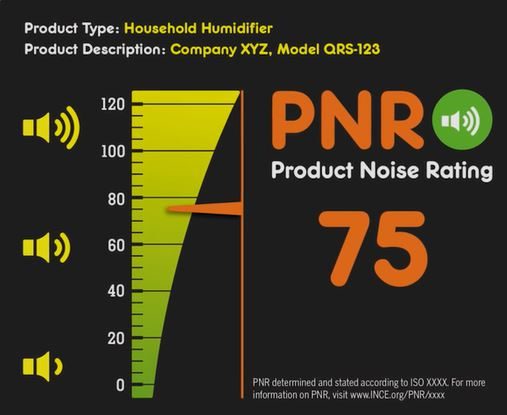Eric J.W. Wood
Principal Emeritus

We are all familiar with ratings for automobile fuel usage, home appliance electricity usage, and food nutritional and calorie values. Consumers find these ratings to be useful to when shopping and wanting to compare a range of brands and product models from various manufacturers. The ratings are also useful to manufacturers wanting to promote their newest products that have favorable ratings. Also, it is likely that the now common use of these ratings has encouraged manufacturers to develop the better foods and more efficient products that are now available to us.
Consumers as well as manufacturers are also interested in the loudness and character of the sounds produced by household appliances. Product advertisements that now include claims such as quiet, low noise, ultra low noise, and whisper quiet are evidence of this increased interest. Recent articles in newspapers such as the Boston Globe, the New York Times, and others about unwanted environmental and household sounds also speak to this increased interest. Unfortunately, there is not yet available a common noise rating method available to help consumers compare the sounds produced by competing product models and make informed buying decisions.
My friend Matt Nobile of Hudson Valley Acoustics is chair of the technical committee on product noise emissions at the Institute of Noise Control Engineering of the United States of America (INCE-USA). He is leading our effort to develop a Product Noise Rating (PNR) for consumer products. I started working with Matt on this effort when I was a member of the Board of Directors of INCE-USA. Development of a useful PNR fits well with my decades of service at Acentech as a professional noise control consultant.
This PNR rating will help consumers better understand and compare the noise from products that they might want to purchase. Comparisons that are often difficult or impossible to make when shopping in a store or on the internet.
When fully developed, PNR will answer the questions:

This illustration shows the expected look and feel of the PNR label and logo being developed for use by manufacturers to convey to consumers useful information about the sound of their products. When in actual use, the label would identify the specific brand and model number. In this example for a household humidifier the PNR is 75. The range of PNRs for similar products on the market will be available with a simple internet search for other brands and models. Notice that the PNR scale ranges from as low as 0 to as high as 120. That can be considered as ranging from a minimal sound to an extremely loud sound.
Matt and I and his committee expect PNR will be applied to a wide range of consumer products including as examples, kitchen appliances, bathroom equipment, personal care products, home cleaning equipment, home office equipment, lawn and garden equipment, home power tools, and home fitness equipment. We believe that it will prove to be a useful tool used by comparison-shopping consumers interested in noise at their homes and their environment.
Matt Nobile presented a paper about the PNR at a recent noise control engineering conference that I helped to organize. The report Engineering a Quieter America: Progress on Consumer and Industrial Product Noise Reduction containing his paper will soon be available at no cost as an INCE publication on the organization’s website.
Because you are reading this blog, I assume that you are interested in the evaluation and control of noise produced by products in and around your home. And I am interested in learning from you about your interest in product noise. Please take a few minutes to help us develop a PNR that will be useful to you and other interested consumers. Send us answers to the following four questions at this email address: info@acentech.com
I am a past president and a former director of the Institute of Noise Control Engineering of the United States of America (INCE-USA). My friend and member Matt Nobile of Hudson Valley Acoustics is chair of the technical committee on product noise emissions at INCE-USA. He is leading our effort to develop a Product Noise Rating (PNR) for consumer products. I started working with Matt on this effort when I was a member of the Board of Directors of INCE-USA. Development of a useful PNR that will make consumers more informed fits well with my decades of service at Acentech as a professional noise control consultant.